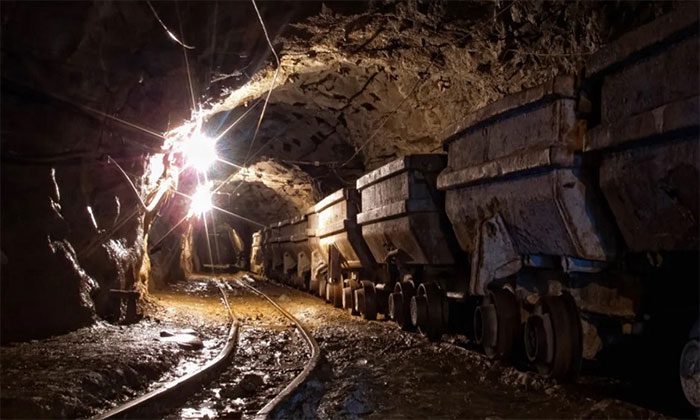The Mponeng Gold Mine, located 4 kilometers beneath the Earth’s surface, is currently the deepest gold mine in the world.
Miners working underground in Gauteng, South Africa, must take a 90-minute elevator ride to reach their workplace, wearing protective gear and emergency breathing apparatus, according to IFL Science. The mine’s depth presents significant challenges, as the Earth’s geothermal gradient increases with depth. Rock temperatures can reach up to 60 degrees Celsius underground, far exceeding the tolerable heat for humans. This has led to various initiatives aimed at cooling mechanisms to maintain the world’s deepest mine at workable temperatures, despite the molten core of the planet.

The Mponeng Gold Mine experiences extreme temperatures due to its depth underground. (Photo: A_Dozmorov).
Ventilation systems, combined with refrigeration units, circulate cool air through the artificial cavern systems along with a mixture of ice and cold water, helping to mitigate the worst effects of high temperatures. However, miners must work in shifts to avoid prolonged exposure to these hazardous hot conditions.
Working at such depths also carries the risk of barotrauma, a condition first documented among miners in France in the early 19th century. Barotrauma occurs when moving from a high-pressure environment to a lower-pressure one too quickly. For this reason, it is also known as decompression sickness, which today primarily affects divers, pilots, astronauts, and workers in compressed environments.
Transitioning from a high-pressure area like the deepest mine on Earth to a low-pressure area like the surface can lead to nitrogen gas bubbles forming in the body. According to the Centers for Disease Control and Prevention, this becomes a major concern when pressure changes occur too rapidly, releasing gas into the body. The process can be extremely painful and, in some cases, fatal. Thus, various measures must be adhered to in order to control temperature and airflow, minimizing pressure on the miners’ bodies.
Mining at such extreme depths requires the creation and maintenance of tunnels that can withstand the pressure of the surrounding rock without collapsing. Each day, 2,300 kilograms of explosives are used to clear 6,400 tons of rock, according to the Guinness World Records. In addition to providing gold, Mponeng has led to many surprising discoveries. In 2006, researchers discovered the first independent life forms living without sunlight in the gold mine. These organisms rely on radioactive activity for energy and could be examples of how life may exist on other planets.


















































